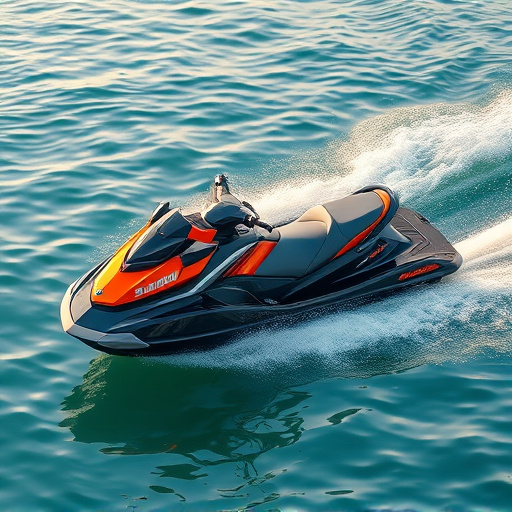Selecting a marine battery requires considering boat size, electrical needs, and intended use to ensure compatibility and optimal performance. Modern options include AGM, Gel Cell, or lithium technologies. Proper installation and regular maintenance, including terminal cleaning and state of charge checks, extend battery lifespan and prevent failures in navigation, safety, entertainment, and lighting systems.
“Unleash the full potential of your vessel with expert guidance on marine battery installation. Choosing the right battery is key; align it with your vessel’s power needs. Ensure optimal performance and longevity through precise, step-by-step installation techniques. Beyond installation, regular maintenance plays a pivotal role in extending your marine battery’s lifespan. Discover these top 3 tips to guarantee a reliable energy source for your seafaring adventures.”
- Choose the Right Marine Battery for Your Vessel
- Ensure Proper Installation: Step-by-Step Guide
- Regular Maintenance: Maximizing Battery Lifespan
Choose the Right Marine Battery for Your Vessel

Selecting the appropriate marine battery is a crucial step in ensuring optimal performance and longevity for your vessel’s power system. When choosing, consider factors like your boat’s size, electrical requirements, and intended usage. Marine batteries are designed to withstand harsh conditions, so look for models specifically tailored to your needs—whether it’s frequent start-ups, long periods of idling, or powering multiple accessories.
Compatibility is key; ensure the battery fits physically within your vessel and matches the voltage and ampere-hour (Ah) rating specified by the manufacturer. Modern marine batteries often feature advanced technologies like AGM, Gel Cell, or lithium options, each with unique advantages in terms of weight, depth of discharge, and cycle life. Selecting a battery that aligns with these criteria guarantees reliable power for your navigation and safety systems, as well as for running entertainment and lighting features on board.
Ensure Proper Installation: Step-by-Step Guide

Proper installation is key to achieving optimal performance and longevity from your marine battery. Before connecting, double-check all terminals are clean and free of corrosion. Use a voltage meter to ensure the battery is fully charged and in good working order. Next, locate the positive (+) and negative (-) terminals on both the battery and boat’s electrical system. Connect the positive terminal first using high-quality cables, tightening connectors securely. Then, attach the negative terminal, ensuring it’s grounded properly to avoid short circuits. Always refer to your vehicle or battery manual for a detailed guide specific to your marine battery model.
Regular Maintenance: Maximizing Battery Lifespan

Regular maintenance is key to extending the lifespan of your marine battery. This includes keeping the battery terminals clean and free from corrosion, as even a small buildup can cause issues with charging and discharging. Regular cleaning and inspection will prevent any potential damage and ensure optimal performance. Additionally, checking the battery’s state of charge periodically and keeping it at an appropriate level is essential. Overcharging or undercharging can lead to degradation and reduce its overall efficiency.
By incorporating these simple maintenance practices into your routine, you’ll not only prolong the life of your marine battery but also maintain reliable power for your vessel’s electrical systems. This proactive approach will save you from unexpected failures and ensure a seamless sailing experience.
When it comes to ensuring your boat’s reliability and performance, selecting and installing the right marine battery is paramount. By following these top tips – carefully choosing a compatible marine battery, adhering to meticulous installation practices, and implementing regular maintenance routines – you’ll not only extend the lifespan of your battery but also enjoy hassle-free boating experiences.
